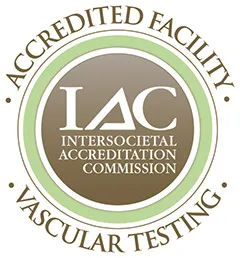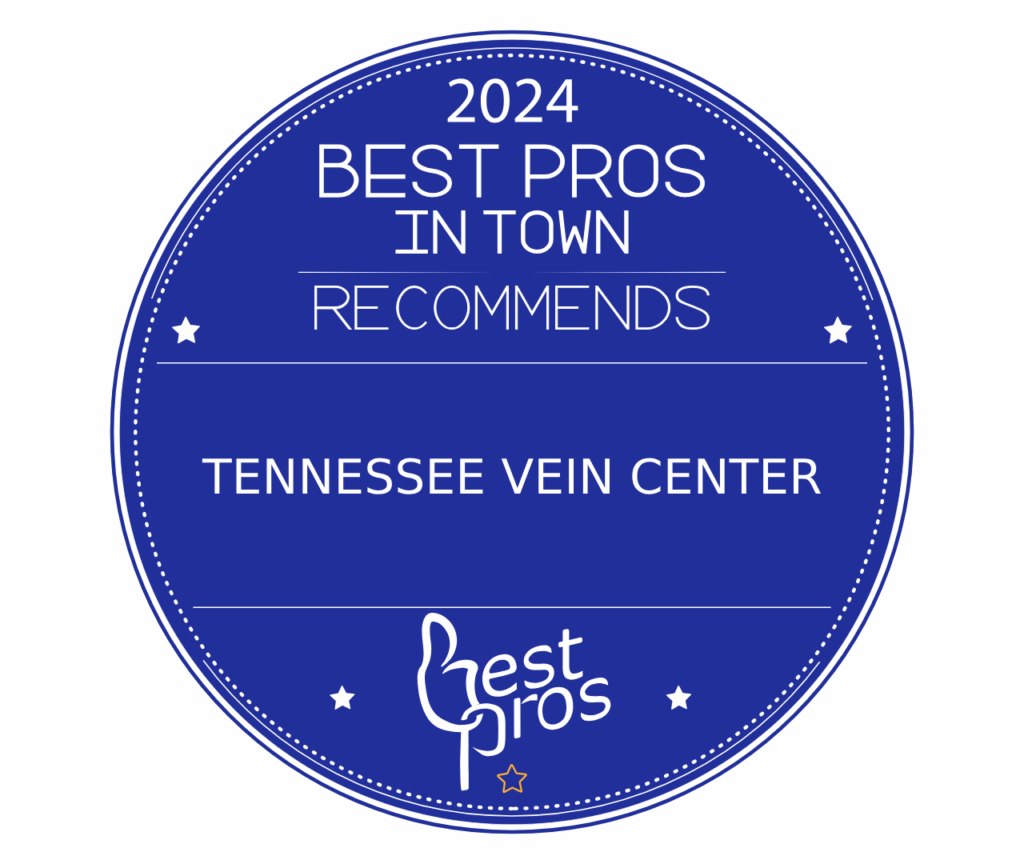VeinDisease – Copy
Vein Disease
Tennessee Vein Center: Types of Vein Disease Treated
According to the Cleveland Clinic, nearly 1 in 20 adults are affected by chronic venous insufficiency or vein disease.
At Tennessee Vein Center, we understand the worry that can come with new or worsening vein disease symptoms, especially if they take a toll on your health or everyday life.
We diagnose and treat all vein diseases, from spider veins to deep vein thrombosis. Our highly-trained team of venous experts is experienced in advanced non-surgical alternatives and provides innovative care to help treat various vein diseases.
Let’s explore vein disease in further detail, including an answer to “What is vein disease?”, an overview of the signs of vein disease, and a deeper look at exactly what causes vein disease.
Continue reading to learn more.
What is Vein Disease?
Veins are the vessels that carry deoxygenated blood from the body's organs and tissues to the heart. When they stop working correctly, vein disease can occur. Most often, vein disease affects the leg veins but can occur anywhere in the body.
Vein disease, also known as venous disease or venous insufficiency, refers to a range of conditions that affect the veins in the circulatory system.
Proper diagnosis and treatment by a vascular specialist are essential to manage vein disease and prevent complications.
What Causes Vein Disease?
In short, vein disease is a venous condition caused by veins not functioning as they should.
Healthy veins have valves that keep blood flowing to the heart efficiently. However, when venous insufficiency develops, the valves stop working correctly.
When this occurs, blood essentially flows backward and pools in the inferior veins, causing painful and unsightly symptoms such as the appearance of spiderweb-like or ropey veins on the surface of your skin.
Vein Disease Risks
It is essential to know that anyone at any time can develop vein disease, but you are considered at an increased risk based on the following factors:
- Age
- Genetics
- Gender
- Pregnancy
- Obesity
- Smoking
- Those living with other vein conditions
- A sedentary lifestyle, including extended periods of standing or sitting
Depending on the disease's type, cause, and severity, you may experience various vein disease symptoms that could affect your everyday life and overall health.
Vein Disease Symptoms
Vein disease symptoms range from mild to severe and most often affect the legs. The most common symptoms include:
- Swelling, especially in the lower legs
- Leg cramping, especially at night
- Tired, heavy legs
- Changes in the appearance of your skin
- Aches and pains in the legs
- Restless legs
- Spider veins
- Bulging veins just below the skin’s surface
- Loss of hair on the lower legs, feet, and ankles
- Skin infection
- Spontaneous bleeding
- Leg ulcers

